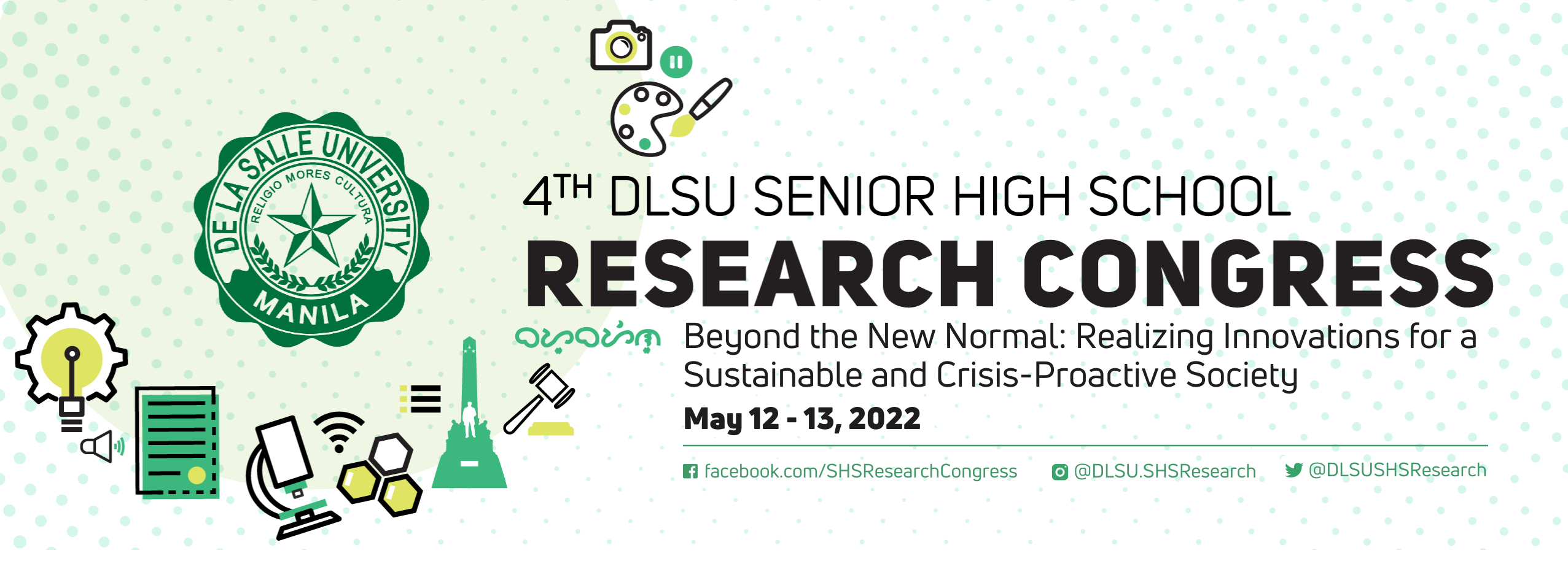Document Types
Paper Presentation
Research Advisor (Last Name, First Name, Middle Initial)
Katrina Ysabel Solomon
Start Date
13-5-2022 10:30 AM
End Date
13-5-2022 12:00 PM
Abstract/Executive Summary
Biometrics are biological measurements of an individual that can be used to identify them. This is commonly used to safeguard important documents or authenticate individuals to allow them exclusive access. In this modern age, there is a variety of personal data dispersed in people’s credit cards, phones, etc. This study aims to assess biometric authentication under different conditions, identify facial and fingerprint security levels, and evaluate the architectural security and spoofability of different devices based on four metrics. The study then concludes the more secure type between facial and fingerprint recognition for the devices. Through this study, mobile device users can better understand the risks when selecting a security lock, while mobile device developers and future biometrics research can utilize this study as a basis to prevent the tested attacks. Various devices capable of facial and/or fingerprint biometrics were utilized for the study. The data were gathered through a series of experiments to test different scenarios when registering and authenticating facial and fingerprint biometrics. For facial recognition, important factors include sufficient lighting, present facial features including the eyes, nose, and mouth, and a near distance in which the face is captured. Apple devices proved to be the most secure while Samsung and Huawei devices are less secure but have more features for flexibility. For fingerprint recognition, the presence of water and strong materials used for spoofing may result in a false rejection or false acceptance, respectively. Apple devices were the most secure followed by Samsung then Huawei devices.
Keywords
Authentication Systems; Forgery of Authentication Systems; Fingerprint Biometric Systems; Facial Biometric Systems; Security Evaluation of Biometric Systems
Research Theme (for Paper Presentation and Poster Presentation submissions only)
Computer and Software Technology, and Robotics (CSR)
A Comparative Study of the Security of Facial Recognition and Fingerprint Scanners for Mobile Devices
Biometrics are biological measurements of an individual that can be used to identify them. This is commonly used to safeguard important documents or authenticate individuals to allow them exclusive access. In this modern age, there is a variety of personal data dispersed in people’s credit cards, phones, etc. This study aims to assess biometric authentication under different conditions, identify facial and fingerprint security levels, and evaluate the architectural security and spoofability of different devices based on four metrics. The study then concludes the more secure type between facial and fingerprint recognition for the devices. Through this study, mobile device users can better understand the risks when selecting a security lock, while mobile device developers and future biometrics research can utilize this study as a basis to prevent the tested attacks. Various devices capable of facial and/or fingerprint biometrics were utilized for the study. The data were gathered through a series of experiments to test different scenarios when registering and authenticating facial and fingerprint biometrics. For facial recognition, important factors include sufficient lighting, present facial features including the eyes, nose, and mouth, and a near distance in which the face is captured. Apple devices proved to be the most secure while Samsung and Huawei devices are less secure but have more features for flexibility. For fingerprint recognition, the presence of water and strong materials used for spoofing may result in a false rejection or false acceptance, respectively. Apple devices were the most secure followed by Samsung then Huawei devices.


